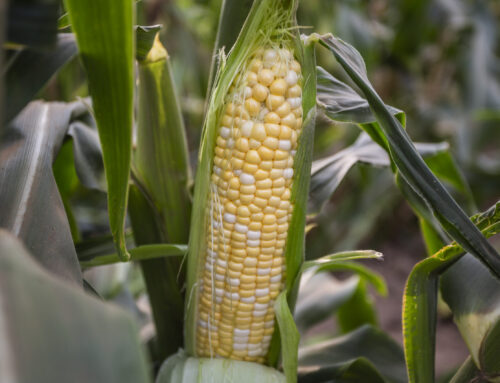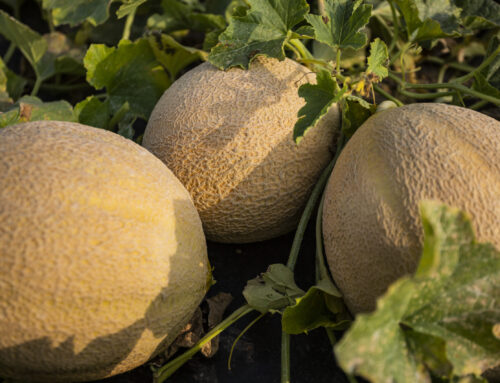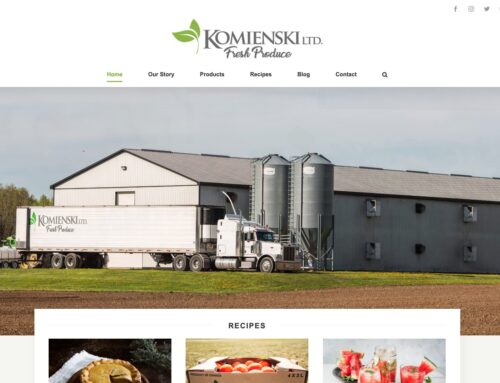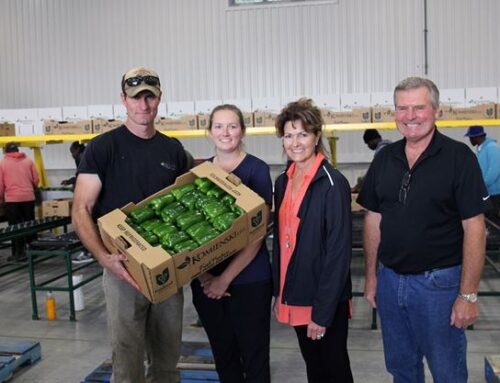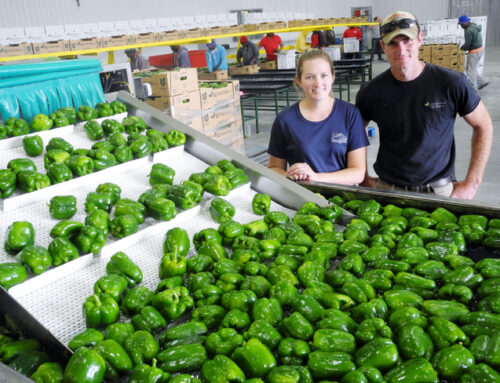
When the Ontario government issued its 2018 fall economic statement, one line perplexed the agrifood industry: A formal agricultural advisory group “will meet regularly to discuss issues that impact the industry, such as trade and provide input on crucial future decisions such as changes to the Ontario Food Terminal network.”
Why is there a focus on the Ontario Food Terminal (OFT)? Are changes contemplated for just the Ontario Food Terminal or the entire food web reaching into the countryside? Why now?
Those questions remain to be answered as Randy Pettapiece, MPP for Perth-Wellington and chair of the new advisory committee, convened the first meeting on January 10. Agriculture minister Ernie Hardeman was present to meet the three vice-chairs: Keith Currie, president, Ontario Federation of Agriculture; Norm Beal, CEO, Food & Beverage Ontario; Dave Buttenham, CEO, Ontario Agri-Business Association.
Two weeks after that initial meeting, Pettapiece told The Grower: “It’s important for the province’s agricultural and business leaders to consider all the broader opportunities available to promote and support its success. We want to ensure the long-term success of the Ontario Food Terminal.”
As was pointed out to agriculture minister Ernie Hardeman on a recent tour of the terminal, the economic importance of the central location can’t be overstated. Within a 15-minute drive of the downtown core, the 40-acre facility provides the freshest fruits and vegetables from the province and around the world to several million consumers.
Now worth a mint in real estate terms, the food hub is priceless. Its sprawling warehouses, commission houses, cold storage and farmers’ market are considered one of the top three in North America in terms of produce volumes. The OFT now distributes more than two billion pounds of fresh produce from both local and global sources. One of its advantages is proximity to the international airport. There’s one point above all: the Ontario Food Terminal doesn’t require one single dollar of taxpayer’s money to maintain and operate.
No one understands the arc of history better than Tom Komienski whose grandfather endured long trips from the Simcoe area to cramped facilities in downtown Toronto in the 1950s. When the tenants moved to what was then the western outskirts of the city in June 1954, a new era of productivity was unleashed. The Ontario government of the day made it all happen with the Ontario Food Terminal Act and the creation of the Ontario Food Terminal Board to construct, equip and operate a wholesale fruit and produce market as a public utility.
Without this critical gathering square in Toronto, it’s doubtful that hundreds of businesses would exist today. Komienski and his family now grow a thousand acres of fruits and vegetables, with the ability to control marketing from a leased stall at the OFT.
“We still have the opportunity as growers to deal face-to-face with small mom-and-pop stores, farm markets, grocers and independents right across the province and through to the east coast,” says Komienski. “It’s a robust market every day that helps set the price for produce depending on quality and quantity. It’s a real world market that reflects weather conditions.”
Recent OFT upgrades have eased congestion and made loading and unloading more efficient. Those investments also enhance food safety, Komienski points out.
For those unfamiliar with the landscape of independent retailers, it may come as a surprise to what extent the OFT services business in the farthest reaches of the province. Take Sunripe Fresh Market for example. Owner Will Willemsen now operates three green grocer stores: one in his home base of Sarnia started in 1982 and two in London. He travels three hours one way to Toronto three times every week to hand select top-quality produce for his upscale stores.
“If I didn’t have access to the Ontario Food Terminal, I wouldn’t be in business,” says Willemsen, who now employs just under 200 people. “I arrive at 3 am to buy all my produce and have it transported back to my stores the same morning. I can shop for the very best that local producers have to offer.”
What’s appealing about the one-stop shopping is that new products are always popping up in this highly competitive market. Willemsen has added micro greens, medley cherry tomatoes and greenhouse-grown strawberries to his pick.
For Steve Bamford, CEO, Fresh Advancements, his company’s proximity to the terminal is important for the fresh-cut fruit and vegetable business in Etobicoke.
“The Ontario Food Terminal is in a pivotal location that helps eliminate shrink in the food distribution system,” he says. “Produce comes from all over the world and is handled in the most efficient way for retail grocers, food service and food manufacturers. Most of this food is turned around in a day.”
Moving perishables is still labour-intensive. The OFT estimates that about 1,500 employees work in various capacities at the terminal itself. And when numbers are calculated for all the ancillary businesses — trucking firms, computer services, janitorial – on top of the primary producers, the number comes close to more than 170,000 people.
A large city like Toronto benefits from having a vibrant terminal at its heart. And fortunately, the metropolis is surrounded by Greenbelt-protected land that supports such perishables as tender fruit from Niagara and root vegetables from the Holland Marsh.
“My concern as a consumer is that if the Ontario Food Terminal is dismantled in any way, there will be a major chain reaction,” says Bamford. “The immediate impact will be on the cost of goods. The central location is critical.”
The horticultural industry’s unease over the sudden spotlight on the Ontario Food Terminal stems, in part, from the 2018 election campaign in which the Conservative leader Doug Ford proposed an easing of restrictions on the Greenbelt. The public uproar about potential development of farmland forced a turn-around in 24 hours. However that brief insight into the future premier’s stance on land use is unsettling.
Those concerns continue to bubble with the introduction of Bill 66, Restoring Ontario’s Competitiveness Act, an omnibus bill that champions “open for business” planning exemptions under Schedule 10. The Hamilton Spectator has reported that city planners are critical of the province offering municipalities the right to cut red tape, but potentially at the expense of current protections for the Greenbelt.
It doesn’t take long to connect the dots between food distribution and land use. The central location of the Ontario Food Terminal is pivotal to the food web that extends to the Greater Golden Horseshoe, the far reaches of the province and beyond. No one knows that better than Alison Robertson. Three years ago, she was a political appointee to serve as chair of the OFT Board. On January 22, 2019, she was informed that her term will not be renewed.



